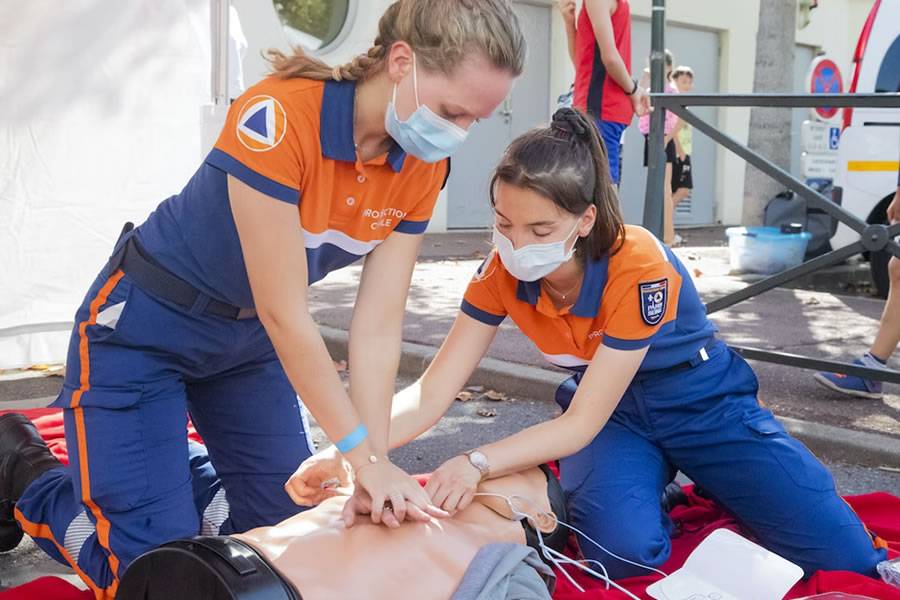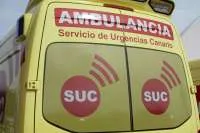6 important facts to know about ACLS
- 28-03-2023
- Health
- Canarian Weekly
Advanced Cardiac Life Support (ACLS) is a set of clinical interventions for the urgent treatment of cardiac arrest, stroke, and other life-threatening medical emergencies. Developed by the American Heart Association (AHA), ACLS is based on current resuscitation science with an emphasis on high-quality CPR to support early recognition and treatment of respiratory or cardiac arrest.
Understanding how ACLS works can help healthcare professionals provide better care for their patients in critical situations. Therefore, here are six important facts about Advanced Cardiac Life Support that every healthcare professional should know.
1 ACLS Training is Mandatory for Healthcare Professionals.
To become certified in ACLS, healthcare professionals must attend an AHA-approved training course and pass the certification exam.
This training covers topics such as resuscitation science, recognition and treatment of cardiac arrest, stroke management, and other life-threatening medical emergencies. Luckily, the course and certification can be obtained online, while renewal takes less time and effort. The times for ACLS certification vary by country, but the AHA recommends that healthcare professionals renew their certification every two years.
Many healthcare facilities require their staff to be ACLS-certified to work there because it ensures that all patients receive the best care available if they experience a life-threatening medical emergency.
2 The Algorithm for Resuscitation is Central to ACLS.
The AHA has a specific algorithm for resuscitation that guides healthcare professionals in providing emergency care during cardiac arrest or other life-threatening emergencies. This algorithm outlines the approach to follow when providing CPR, administering advanced care like medication and defibrillation, as well as post-resuscitation care.
Healthcare professionals must regularly practice this algorithm to stay proficient with it since it is central to ACLS and must be followed for successful resuscitation. This includes chest compressions that are at least 2 inches deep, at a rate of 100-120 per minute, and with minimal interruptions.
Furthermore, healthcare professionals must be sure to use the appropriate airway adjuncts and medication doses according to their credentials.
3 ACLS Emphasizes Teamwork and Communication.
For successful resuscitation, teamwork, and communication are essential. Healthcare professionals must work together in a coordinated effort to provide care during medical emergencies. This includes clearly stating orders/instructions, delegating tasks, and regularly providing updates on the patient’s condition.
Additionally, healthcare professionals must be aware of their colleagues’ roles to collaborate effectively. For instance, the team leader or physician must provide guidance on the use of advanced care as well as decisions about when to terminate resuscitation.
Other members may include an advanced practice provider, a nurse, a respiratory therapist, and a paramedic, each playing an important role in providing emergency care.
4 Effective Use of Defibrillation.
Defibrillation is a key component of ACLS as it helps restore normal heart rhythm during cardiac arrest. Healthcare professionals must be able to identify signs of shockable rhythms and administer shocks as needed, including evaluating the patient’s response after each defibrillation, making sure that the appropriate dose is applied for every shock, and properly disposing of used pads or electrodes.
Healthcare professionals must also be able to recognize non-shockable rhythms and provide proper interventions for these as well. This includes continuing CPR with minimal interruptions, providing oxygenation, administering medications, and preparing for endotracheal intubation.
5 Post-Resuscitation Care.
After successful resuscitation, post-resuscitation care must be provided to support the patient’s recovery. This includes providing oxygen and ventilation as needed, monitoring vital signs including temperature, administering medications such as antiarrhythmics, and assessing for potential complications.
Additionally, healthcare professionals should pay attention to any neurological changes, such as altered levels of consciousness or confusion, as these can indicate oxygen deprivation to the brain and require additional care.

6 Data Collection and Documentation.
Finally, it is important to properly document patient information and care during an ACLS intervention to communicate the resuscitation efforts effectively as well as improve outcomes for future patients.
Healthcare professionals must be sure to record vital signs, medications administered, shock counts, interventions provided, post-resuscitation care, and any other pertinent information during resuscitation.
This data can then be used to analyze the effectiveness of certain interventions and help guide future practice.
ACLS is an important emergency care algorithm that includes chest compressions, airway adjuncts and medications, teamwork and communication for successful resuscitation, effective use of defibrillation with the appropriate dose applied to each shock, post-resuscitation care such as oxygenation and monitoring vital signs, as well as data collection and documentation.
By following the steps outlined above during medical emergencies, medical professionals can help ensure better patient outcomes while also improving their practice. With regular training on ACLS principles, they will be prepared to provide the best possible care when it matters most.
Other articles that may interest you...
Trending
Most Read Articles
Featured Videos
A Vision of Elvis Tenerife Promo
- 10-05-2025
TEAs 2025 Highlights
- 17-11-2025




























































